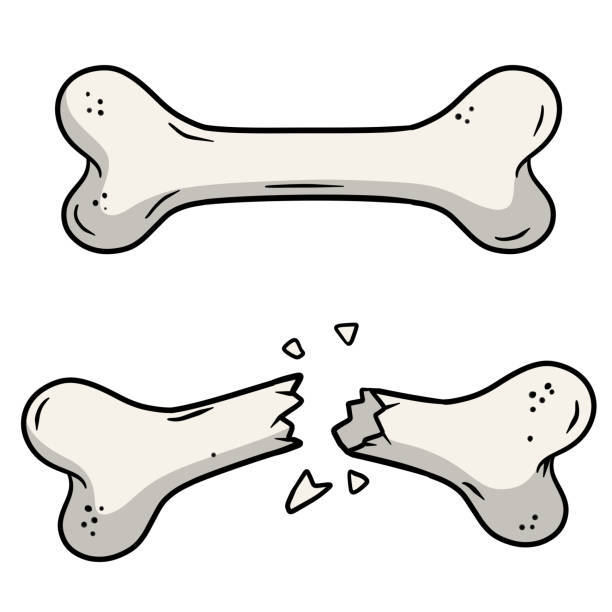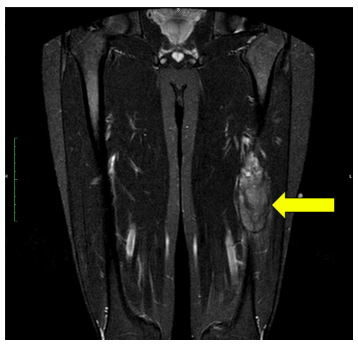What is Ewing's Sarcoma?
Ewing's Sarcoma is a small round blue cell sarcoma (cancerous tumor). It is a childhood sarcoma, as a high percentage of cases occur within the first two decades. It is the fourth most common primary malignancy of bone and accounts for approximately 5% of all biopsied tumors. Although Ewing's Sarcoma can occur in any bone, the most common site is long bones (e.g. humerus, radius, ulna, femur, tibia, fibula) with the femur being the most common site. Ewing's Sarcoma is cancerous and has the potential to metastasize, or spread, to other areas of the body if not treated.















